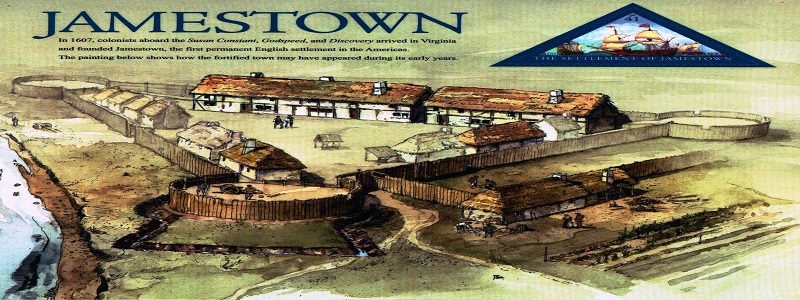Debatifying ‘Esperanza Rising’
Overview
Pam Muñoz Ryan’s young adult novel Esperanza Rising, published in 2000, tells the title character’s story, a 14 year old Mexican girl, who with her mother lose their large estate in Aguascalientes and emigrate to southern California in the 1930s, like tens of thousands of Mexicans did. Esperanza is thrust from an upper-class privileged life into a working class, meager existence, and the servants that she had in Mexico (who make the trip to the United States to re-locate with her) are now her peers.
Video Pieces and Short Analytics on a Classroom Mock Trial on the Jamestown Colony
At the end of SY2017, one of our partner middle schools — James Otis School, a rising neighborhood K-8 school on Chicago’s near northwest side — implemented the mock trial project we developed for a unit on the early Jamestown colony in North America in the early 17th century, based on the excellent and multiple-award winning young adult novel, Blood on the River. The debatable issue at the heart of this argument-centered project is
Was the British aristocracy (i.e., those who ruled because of the family they were born into), according to Blood on the River, responsible for poisoning the colonies’ relationship with the native population in America?
And the full project was laid out in an earlier Debatifier post, here. This post will consist of several video clips from this implementation, led by veteran educator Janet Smith, along with brief analytics attached to each clip, highlighting two proficiencies and one deficiency.
The Synthesis Solution Protocol: An Early Look
Policy debate? Sure, as long as the home team always wins. Politics today . . . is attitudinal, not ideological. The reason to be for someone is who is against them. What matters more than policy is your side’s winning, and what matters more than your side’s winning is the other side’s losing.
— James Poniewozik, New York Times, May 4, 2017
All those problems [e.g., economic inequality, urban violence, climate change] are serious, they are daunting, but they are not insoluble. What is preventing us from tackling them [is that] we now have a situation in which everybody is listening to those who already agree with them, and are further and further reinforcing their own realities, to the neglect of a common reality, that allows us to have a healthy debate, and then try to find common ground and actually move solutions forward.
— President Barack Obama, University of Chicago Forum on Youth Leadership and Public Service, April 24, 2017
Argument-Based Small-Group Discussions and the Young Adult Novel ‘The Goats’
This is an argument-centered adaptation and iteration of the small group discussions strategy, designed for a middle school English language arts unit on the award-winning young adult novel “The Goats,” written by Brock Cole in 1987.
Overview
Our students can often best make meaning from an extended text through discussions with their peers. Through the social engagement of these discussions, middle and high school students can clarify, organize, and deepen their thinking about a literary work, and become closer in their relationship to the text and to the act of reading, analyzing, and interpreting literature.
Argumentalizing these small-group discussions can enhance their academic impact, and at the same time give students a more vigorous cognitive and communicative experience using this fundamental classroom routine. We can argumentalize small-group discussions in several familiar ways.
Persuasive Letter Writing and ‘Number the Stars’
This is an argument-based project on Lois Lowry’s 1989 young adult novel on the Nazi occupation of Denmark and its impact on a gentile and Jewish family of friends. It asks students to study the novel in relation to debatable issues related to the central motif of bravery in the book, and then has students write a persuasive letter from the protagonist, Annemarie Johansen, to her Jewish friend in exile, Ellen Rosen, answering a question that gets to the heart of the question that the book asks: does the young Annemarie act courageously, and if so how courageously?






